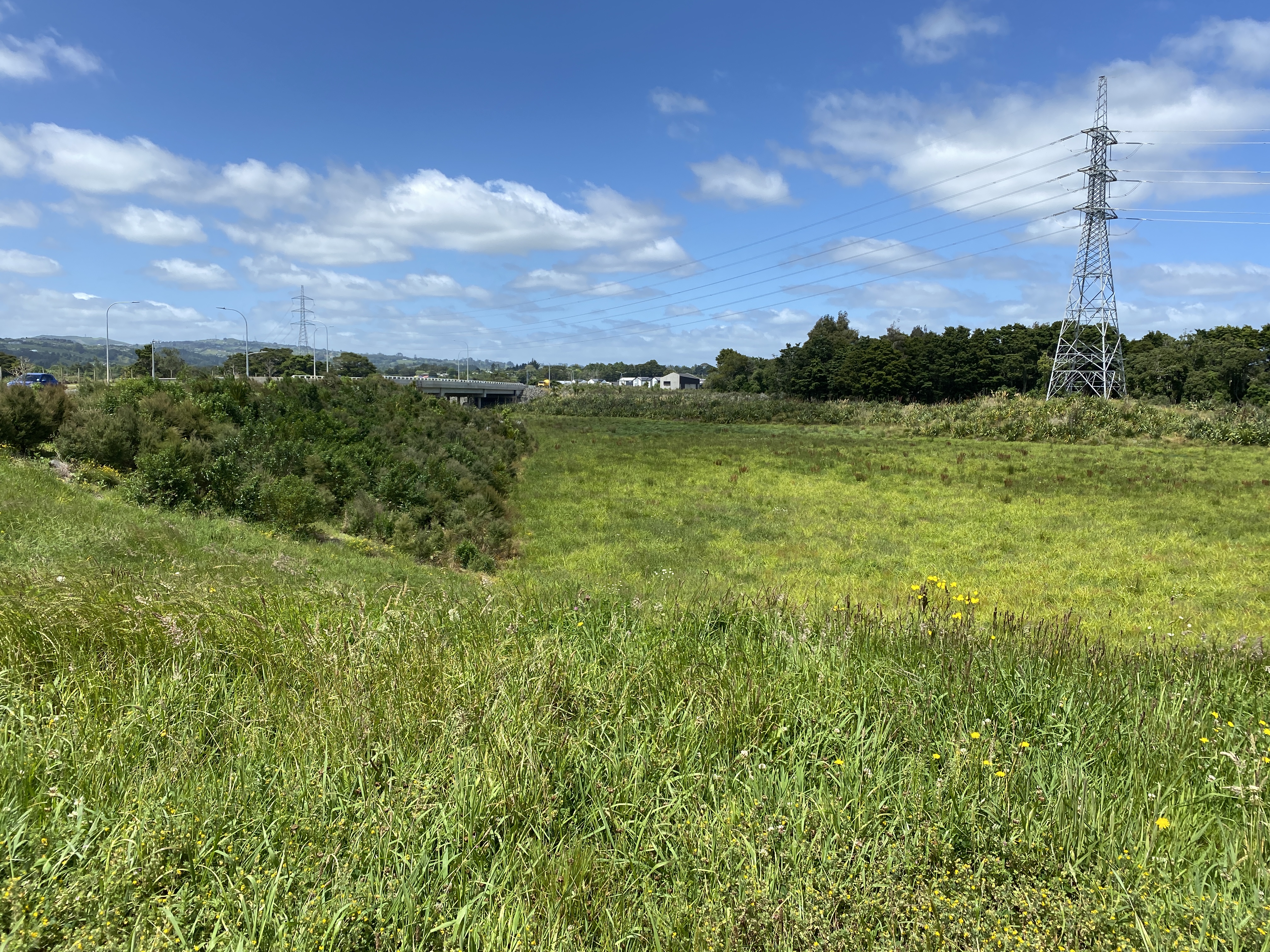Ngā mihi nui ki a koutou. Papakura Local Board acknowledges Ngāti Tamaoho for sharing the stories of the sites visited.
The impacts of climate change in Papakura saw about 30 people join a Ngāti Tamaoho tour of significant sites recently.
The tour came out of work with iwi by the Papakura Community Resilience Network, a group of local people developing disaster readiness plans.
After many generations here, climate change is not new to Tamaoho, its tour providing a chance to understand how traditional methods can help.
The tour visited Pukekōiwiriki Paa, Otaawhati / Ray Small Park, and the Drury south wetlands, sites where ancestors responded to human impacts and climate change.
Papakura Local Board chair Brent Catchpole says we all have an obligation to protect the land.
“Viewing climate change through a scientific lens is essential but so is the knowledge of people who have cared for the whenua for generations. Only a fool believes theirs is the only way.”
Otaawhati references the ebb and flow of the Pahurehure Inlet, but the park site sits on a former tip, locals telling stories of reappearing rubbish.

“As sea levels rise the area will be threatened,” Catchpole says. “We are already monitoring discharges, and if the area is compromised it would be a huge blow to mana whenua. We are not minded to wait until the worst happens.”
The Drury South Wetlands stretch through the developing site, where Catchpole says developers worked closely with mana whenua, adopting tikanga Māori principles. “Shaped like an eel, the wetlands can contain large volumes of water, native plants filtering it as it flows to the harbour.”
Even so, Catchpole says, during the last floods the water reached the height of the bridge.
“Every time you add a house it covers land so that it can no longer deal with rainwater. The wetlands are both a brilliant walkway and a traditional control method, one that has been tested over centuries.”
Do you want to play a part?
Next year Auckland Council will help Papakura begin work on its priorities. Are you interested in playing a role, contact climatereadypapakura@aucklandcouncil.govt.nz.
Stay connected
Sign up for your Local Board E-news and get the latest news and events direct to your inbox each month. Or follow us on Facebook.


